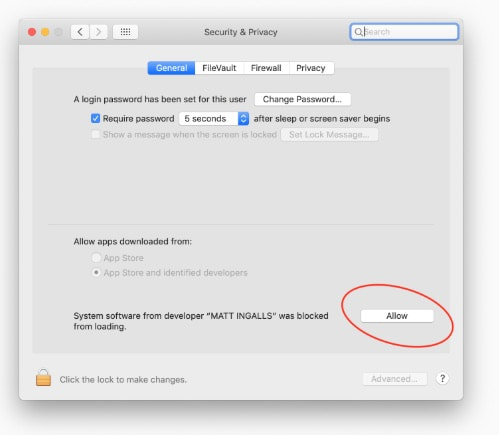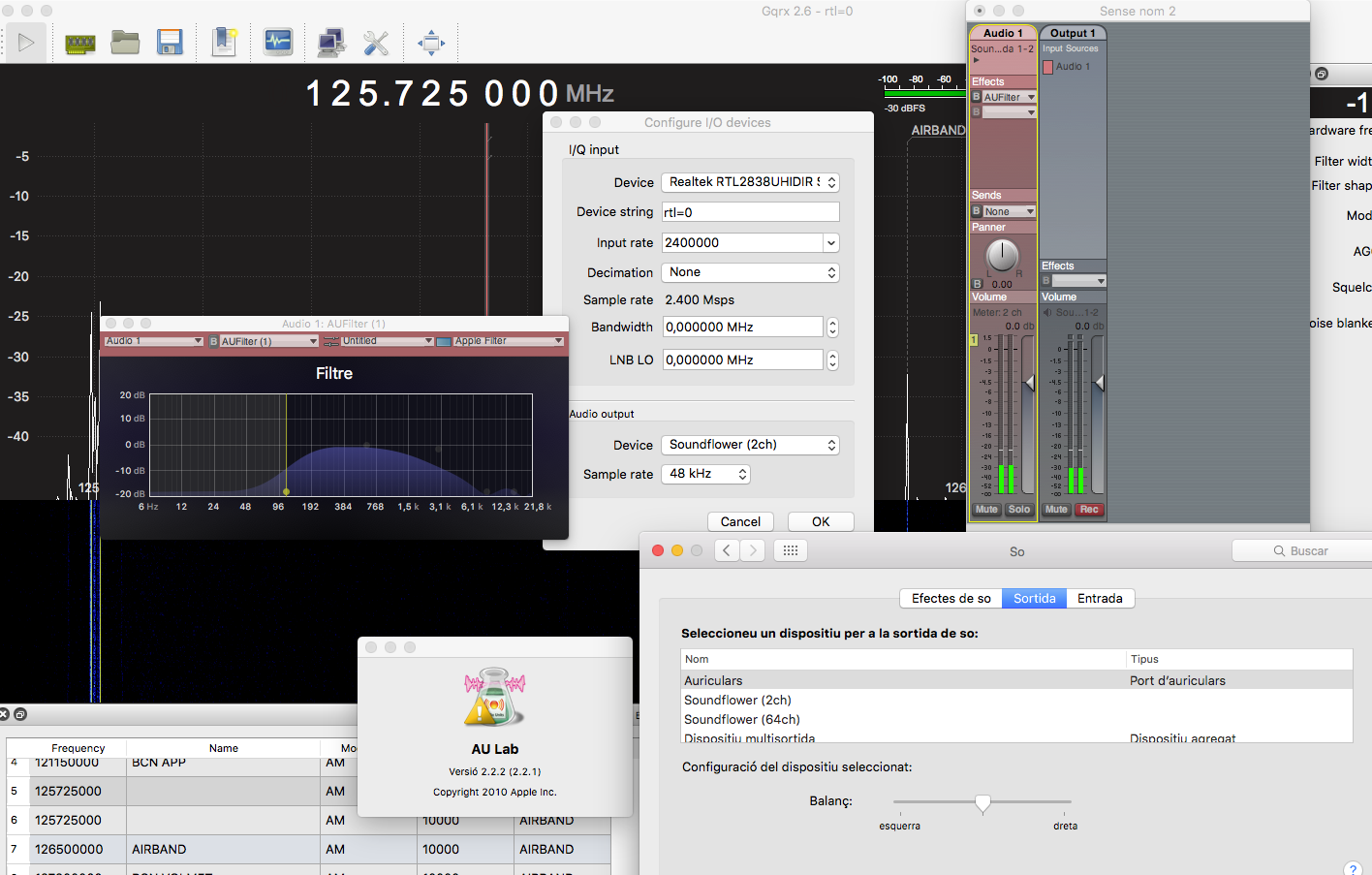
- #Soundflower osx how to#
- #Soundflower osx for mac#
- #Soundflower osx install#
- #Soundflower osx manual#
- #Soundflower osx full#
#Soundflower osx for mac#
Part 2: Best Soundflower for Mac Alternative to Record Audio Just run the files to remove the extension for your MacBook completely. Note: What should you do if you need to uninstall the Soundflower for Mac? When you download the installer of Soundflower for Mac, there is a script for uninstallation. Click on the Record button to begin the capturing process. Step 4 Now you can click the downward-pointing triangle to the right of the Record button to choose the Soundflower (2ch). Go to QuickTim Player and choose the File menu, then select the New Audio Recording option. Step 3 After that, you can configure your capture application to record the audio file via Soundflower. Step 2 Select the Output tab and choose Soundflower (2ch), any sound that would normally come out of your Mac’s speakers is now routed through Soundflower. Step 1 Once you have installed Soundflower for Mac, you can launch the Sound Preferences directly from the audio menu in the upper right corner of your MacBook. Of course, you can also use the other applications to record the audio files on Mac, such as GarageBand. In order to capture audio with Soundflower for Mac extension, you can use the default QuickTime Player.
#Soundflower osx how to#
How to Capture Audio with Soundflower for Mac
#Soundflower osx install#
Now you can run the installer again to install Soundflower for Mac without any problem. Step 3 When you unlock the restriction with password, you can click on the Allow button next to the MATT INGALS. You should open the System Preferences menu to choose the Security & Privacy settings to unblock the installation from the website. Step 2 It is normal that the Soundflower installation failed. After that, you can run it and perform the install. Step 1 Search for the Soundflower for Mac extension from the web browser, you can download and install the latest Soundflower 2.0b2 from Filehorse or Softonic. Just check out the detailed process as below. Just as mentioned above, Soundflower for Mac is only a macOS Kernel extension, which you cannot download directly from the App Store as the other Mac applications. After that, you can the method to record audio files with Soundflower for Mac. When you need to record audio from different channels on your Mac, you should download the audio recorder to your MacBook beforehand.


Part 1: How to Record Audio Files with Soundflower for Mac

#Soundflower osx full#
Soundflower for Mac is a macOS Kernel extension that can create a virtual audio device with full support for inputting and outputting sound to any of your active apps.
#Soundflower osx manual#
This manual configuration and recording process (minus Steps 3 and 4) will need to be repeated each time the application is opened to start a recording.“What should I do if I want to record the system sound via QuickTime? How to capture audio with Soundflower for Mac? It is compatible with macOS Mojave of my MacBook?” If making several recordings in a row then repeat Steps 9-10 as many times as needed before finishing (Step 11).

Once all recording is completed and Smart Recorder is no longer in use (closed), revert the selected device to 'Internal Speakers' (or any other preferred speakers/output device) in the System Preferences > Sound > Output list.The recorded file should contain audio and be in sync etc.Stop the recording after a reasonable amount of time and test the recorded file.Audio should be present from the speakers during recording.If there are more than one Multi-Output Devices then it should be the latest one (highest numbered).Select 'Multi-Output Device' from the list.If using Region or Full Screen mode ensure that the 'Audio' selector is set to 'BlackHole 2ch' - manually change if needed.Close the Preferences window and prepare a recording using any of the modes, but do not start the recording.Set the 'Select audio device when recording' selector to 'BlackHole 2ch'.Open (starting from the top-left menu): Smart Recorder > Preferences > Advanced.


 0 kommentar(er)
0 kommentar(er)
